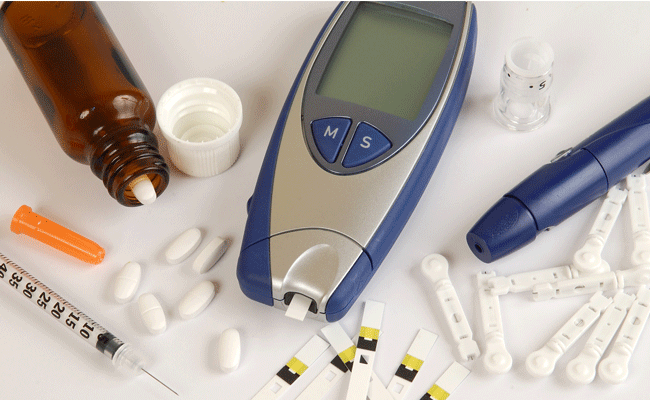
An all-comers study of patients undergoing percutaneous coronary intervention (PCI) with contemporary drug-eluting stents indicates that those with prediabetes have a significantly higher risk of events than those with normal glycaemic levels. These findings suggest that routine assessment of glycated haemoglobin A1c (HbA1c) and fasting plasma glucose may be of value in patients without known diabetes requiring PCI.
Marlies Kok (Thoraxcentrum Twente, Medisch Spectrum Twente, Enschede, The Netherlands) and others report in EuroIntervention that elevated HbA1c levels are a risk factor for cardiovascular events and are also associated with increased mortality after ST-segment elevation myocardial infarction (STEMI). However while diabetes is known to increase the risk of events after PCI, data for the risk of events after PCI in patients with prediabetes (HbA1c 42–47mmol/mol; fasting plasma glucose 6.1–6.9mmol/L) are lacking.
Therefore, Kok et al performed a prespecified analysis of the BIORESORT trial—in which investigators were encouraged to assess HbA1c levels at baseline—to determine the relationship between prediabetes and one-year clinical outcomes after PCI in a broad patient population (all-comers).
Of 3,514 patients in the study overall, 624 had medically treated DM. Another 2,362 patients underwent testing of HbA1c and fasting plasma glucose. Overall, the glycaemic state was known in 2,986 (85%) trial participants. Of these, 27% were found to have diabetes, 11% had prediabetes, and 63% had normal glycaemic levels.
At one year, the rate of the composite endpoint—death, target vessel myocardial infarction or revascularisation—was significantly higher among patients with diabetes or prediabetes: 10.5% and 11.1%, respectively, vs. 5.7% for patients with normal glycaemic levels (p<0.001). The authors comment: “Mortality rates were higher in prediabetes (2.8%) and diabetes (2.8%) than in normoglycaemic patients (1.2%; p=0.006). Similar revascularisation rates were found during one-year follow-up in patients with prediabetes and patients with diabetes (5.2% and 5.9%), which were significantly higher than revascularisation rates in normoglycaemic patients (3.0%; p<0.001).”
According to Kok et al, a multivariate analysis showed that prediabetes was independently associated with the composite primary endpoint at one-year follow-up. They note: “Prediabetes patients had a two-times higher event risk than patients with normoglycaemia.”
The authors observe that previous studies have produced conflicting results about the associated risks of prediabetes in patients undergoing PCI but comment that these studies “assessed only specific subsets of PCI patients (i.e. patients with diabetes, elective patients or STEMI patients) and generally used interventional techniques or therapeutic devices that have been greatly replaced”. They add that their study report findings of a prospective multicentre PCI study in “all-comers who were treated with contemporary newer-generation drug-eluting stents”.
Concluding, Kok et al comment: “In a non-diabetic patient population with obstructive coronary artery disease, routine assessment of HbA1c prior to PCI may be of clinical value.”

Clemens von Birgelen (Thoraxcentrum Twente, Medisch Spectrum Twente, Enschede, The Netherlands), senior author and principal investigator of the BIO-RESORT trial, told Cardiovascular News: “Measuring HbA1c and fasting plasma glucose in our PCI patients will help us identify a subgroup that has an increased risk of future adverse cardiovascular events. In these patients, we should maximise our efforts in the preventing future cardiovascular complications and aim at reducing the risk of developing diabetes. These patients may deserve more medical attention, lifestyle counselling, and—most likely—a more aggressive pharmacological therapy.”











